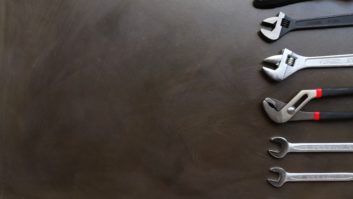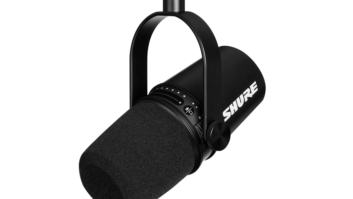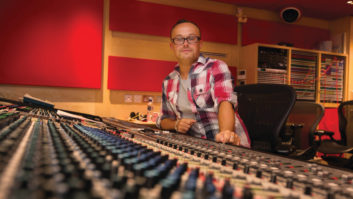The author is founder and president of Auralex Acoustics Inc.
I’m writing in response to a comment by Kevin Thomas of WDKC(FM) in the March 16 issue of Radio World. In Paul McLane’s column “Station hacks: How to survive in a small market,” Kevin asked for an introduction to mic processing.
When I hear “introduction,” I interpret it to mean “teach me a bit about how I can accomplish what I need to, for the least amount of money possible.” So here are some pieces of equipment that I’ve found helpful and that might serve Kevin’s needs.
These are all based on my experiences and are just one man’s opinion. I’m sure that other Radio World readers will chime in. I hope these help point Kevin in the right direction.
Essential tool
The best all-in-one voice processor that I’ve found, hands down, is the venerable Symetrix 528E, no longer made but available used or refurbished for a few hundred dollars.
It includes a mic preamp, de-essing, expansion/gating, compression, three-band tunable EQ and voice symmetry circuitry. For some people, the 528E is the only device they need.
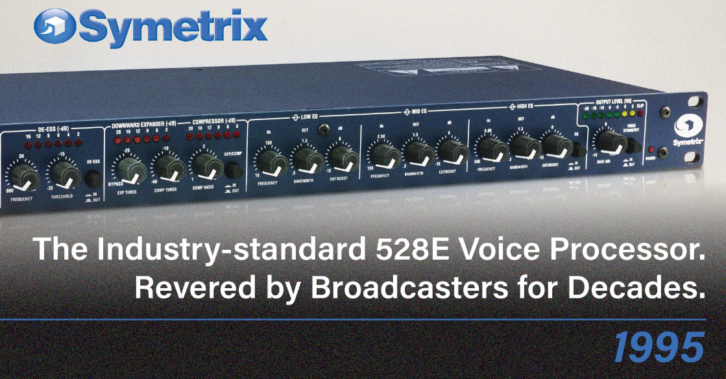
Bonus tip: There are people who mod the 528E to make it sound “even better,” such as Revive Audio ($299 to mod your unit and ship it back to you), but for most people, the unit will be quiet enough and the audio is linear enough to use as-is.
I own more of these units than I can count and would never be without them. Even if you use some of the gear I’ll describe below, you can still benefit from the 528E by feeding it a line-level signal instead of plugging a mic directly into it.
As an aside, just yesterday I was part of a LinkedIn thread with a top voiceover artist who stated that he uses and recommends downward expansion, such as the 528e offers and which, if used properly can be a godsend for people in less-than-ideal acoustic spaces.
Some people use it too aggressively and mistakenly think that it will solve their acoustical problems, which it won’t, but I have been beating the drum about gentle downward expansion for decades and I believe it can be an important part of the original questioner’s approach to his audio.
Making the connection
The quietest mic cables and interconnect cables I’ve found, at least within the realm of financial reality, are Canare Star Quad cables.
The construction of these cables quiets the noise floor and improves noise and handling rejection, plus they exhibit excellent audio quality. B&H tends to have decent pricing on these.
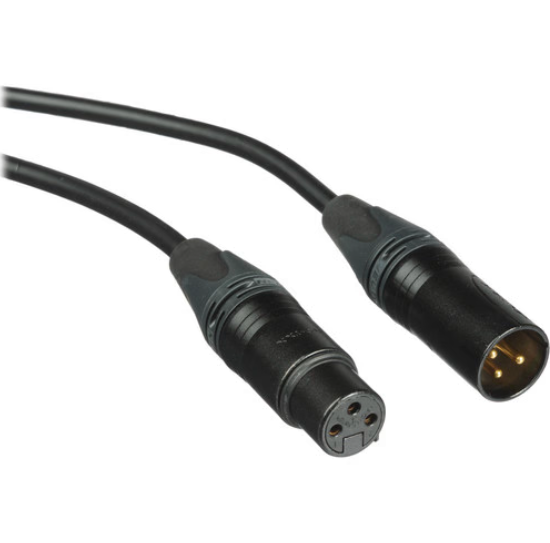
Barring Canare Star Quad, look at the super-affordable Hosa cables, which punch above their weight and of which I was an early adopter 40 years ago.
Quality mic
I primarily use the Shure SM5B microphone, no longer manufactured but which in my experience is simply the best-sounding mic for my voice and, I say as a former production director, producer, etc., for most people’s voices.
I see them online for $1,200 to $2,000, so this is not for everyone’s budget. (People may think they can’t get replacement windscreens for them; I now have windscreens available at here.)
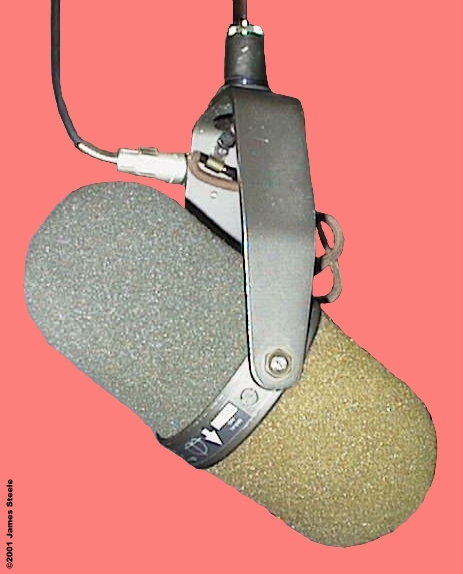
The thing that most people overlook about the 5B is its off-axis rejection, which is fantastic and which, in side-by-side comparisons, beats the off-axis rejection of even the esteemed Sennheiser 416, of which I also own a bunch and use frequently. But the 416’s sound simply doesn’t compare to that of the 5B for most people.
Off-axis rejection is important for minimizing the amount of room-tone (ambience) that gets into the mic, and it’s also very important for keeping everyone’s audio clean in a situation where there are multiple mics open in a room at once.
If your studio and people’s home spaces where voice tracking might occur aren’t as acoustically treated as they should be, off-axis rejection and gentle gating via the Symetrix 528E mentioned above, plus acoustical treatments of course, are your best friends.
I don’t have much experience with less-expensive mics that might offer the desired benefits of sound quality and off-axis rejection. There are oodles of new mics out there these days, given that the manufacturers have been trying to capitalize on the work-from-home world; these are primarily USB mics.
The next-best-thing might be the Shure SM7B, which I’ve used at a number of radio stations and which is only $399 new. But it ain’t no 5B.
Compression
To most people, the thing that makes one sound “broadcaster-ish” is the compressor.
In addition to the compressor built into the Symetrix 528E, my other favorite devices are the FMR Audio RNC1173, the dbx 160X and the Aphex Compellor AX, all of which I own multiple of and use regularly.
The FMR RNC is still being made, an absolutely wonderful piece of gear. I’m sure it’s on a lot of folks’ “desert island” gear lists. The great gear designer and recording engineer George Massenburg has been quoted saying that if someone can’t afford his GML 8900 — which as of this writing is $7,500 or more online — they should buy the RNC, which is less than $200.
I use the 160X in series with the RNC, with the RNC compressing and the 160X doing peak limiting. The Compellor I tend to use by itself, and it’s been an important part of the signal processing rack at stations where I’ve been an air talent and sometime talk-show host.
Warmth
The sound of any mic can be maximized (or, if you prefer, “improved”) by plugging it into a great-sounding preamp.
To most people, “great-sounding” means warm and open, both of which I think you’ll find in the Scarlett line of interfaces by Focusrite. These also have a built-in high-end EQ feature called Air that many find pleasing on certain voices and certain mics.
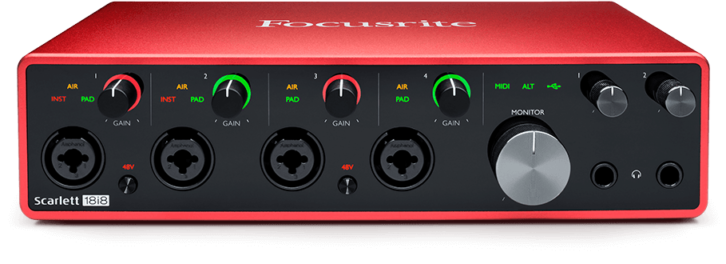
The model I own multiple of is the 18i8, which you can run four mics into and which tends to be less than $300 used, so it won’t break the bank.
Down and dirty
Now, if all this is too much for you to swallow price- or space-wise, my down-and-dirty recommendation would be to look at the Behringer Xenyx Q1204USB mixer.
It features four mic inputs, each with three-band fixed-frequency EQ and a compressor(!), all for less than $200 street price.
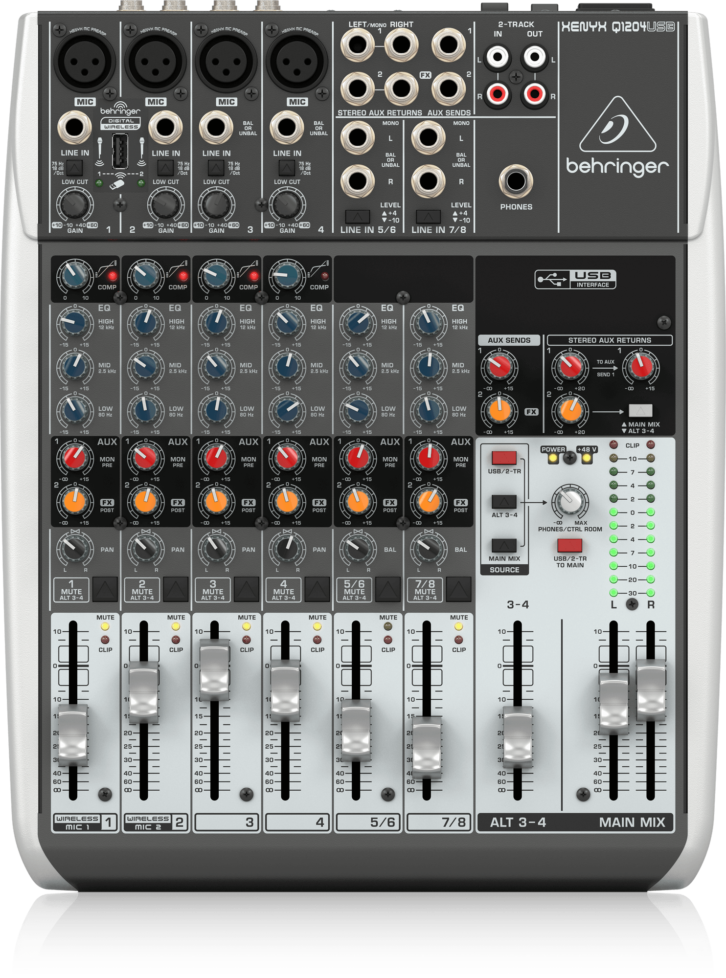
The audio quality of this little mixer is far better than you might expect it to be. I confess to owning a number of these and their audio quality and low noise-floor are a pleasant surprise.
Our stuff too
I’d be remiss if I didn’t mention that to maximize the sound of any gear in any room, you should implement acoustical treatments, and preferably a selection that provides broadband (all-frequency) control.
My company, Auralex Acoustics, has a number of products that are respected worldwide by top broadcasters, recording artists and voiceover people, so take a look at them.
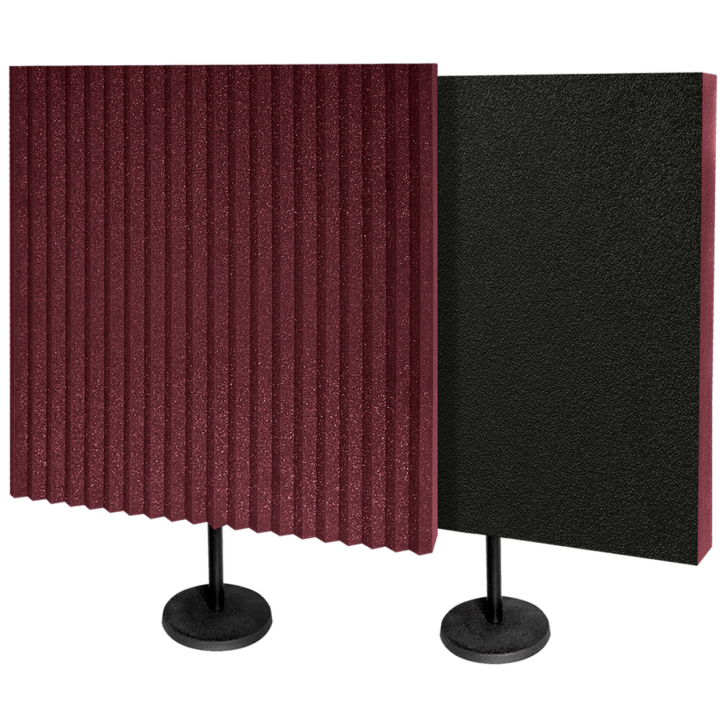
If you don’t have wall space available for treatments, consider stand-mounted, portable solutions. These can tame virtually any room if positioned properly. In fact, some world-famous voiceovers, I’m told, are cut by a notable talent in a large, reverberant space with a Neumann U87 (an ultra-expensive mic that’s super-sensitive) and surrounded by Auralex stand-mounted Studiofoam treatments.
I hope that Kevin, and perhaps others, find my input helpful. Listeners absolutely hate hearing ambient, poor-quality audio, so let’s feed ’em a clean signal and keep ’em engaged!
Comment on this or any article. Email [email protected].








